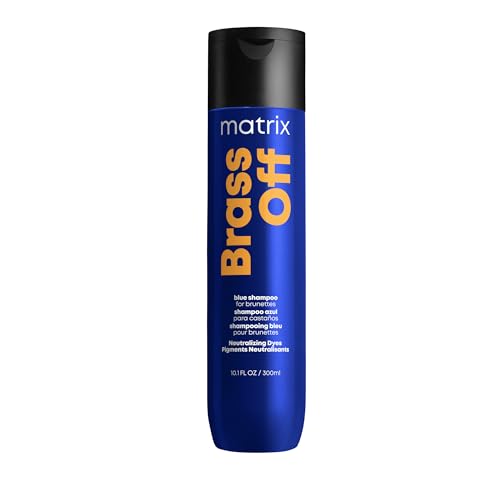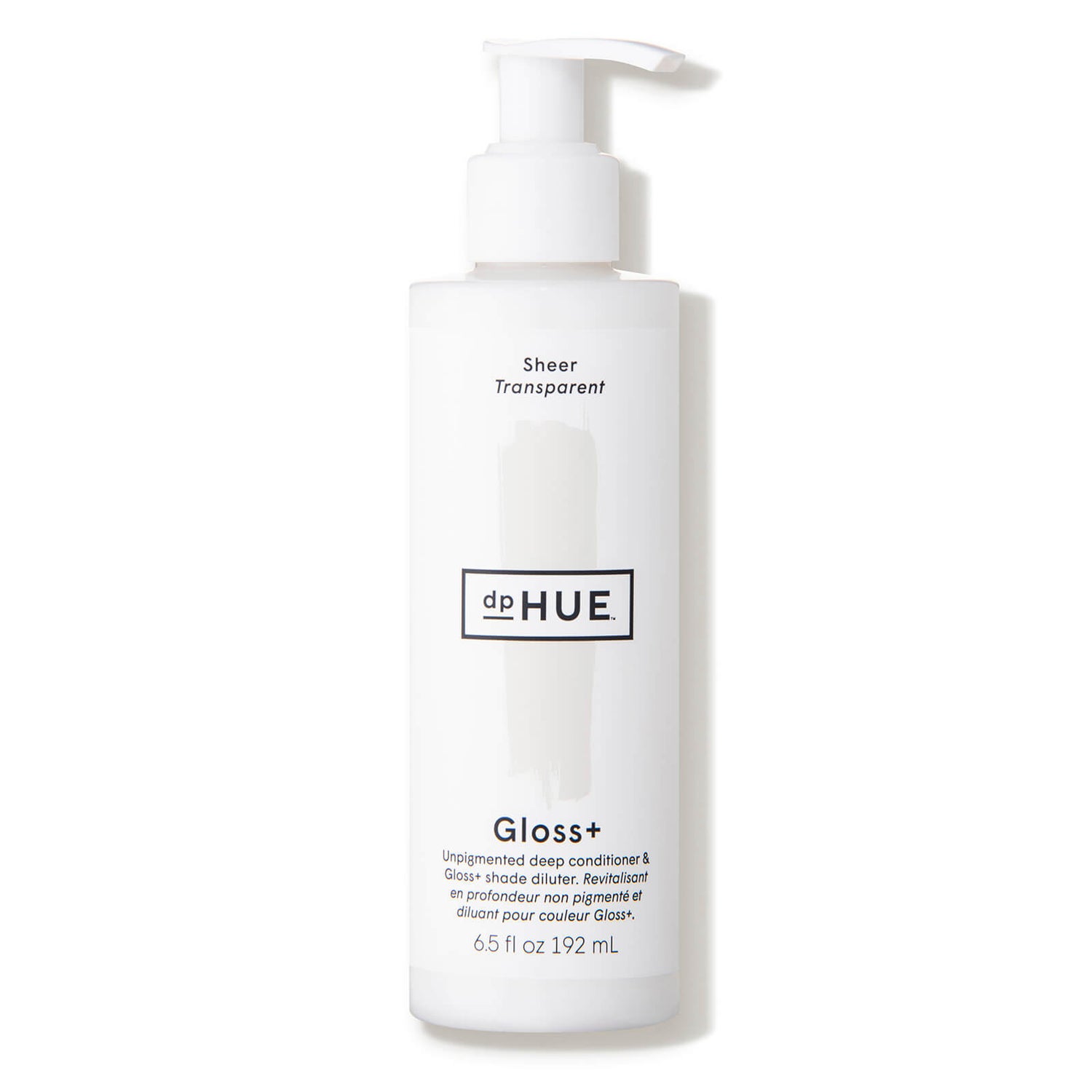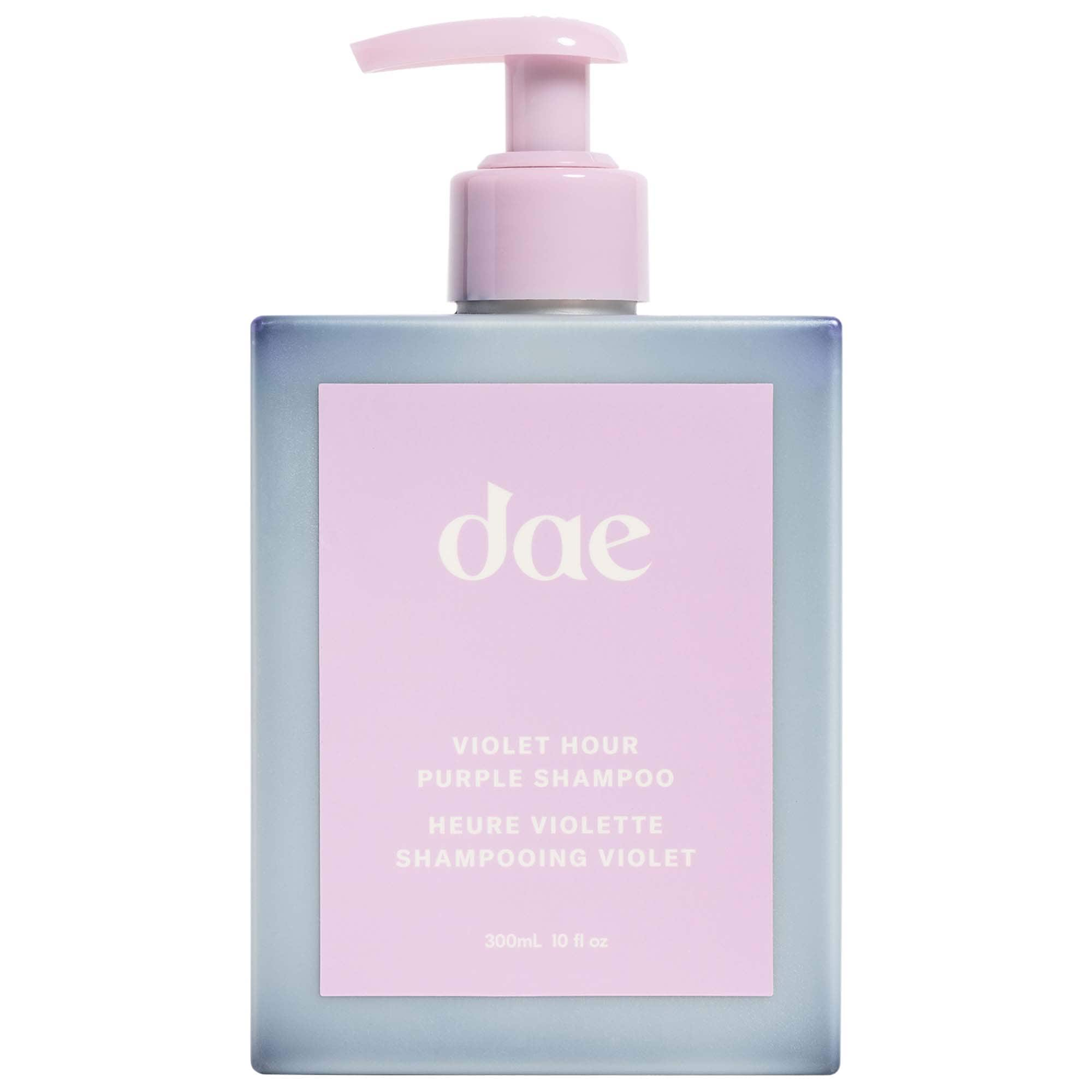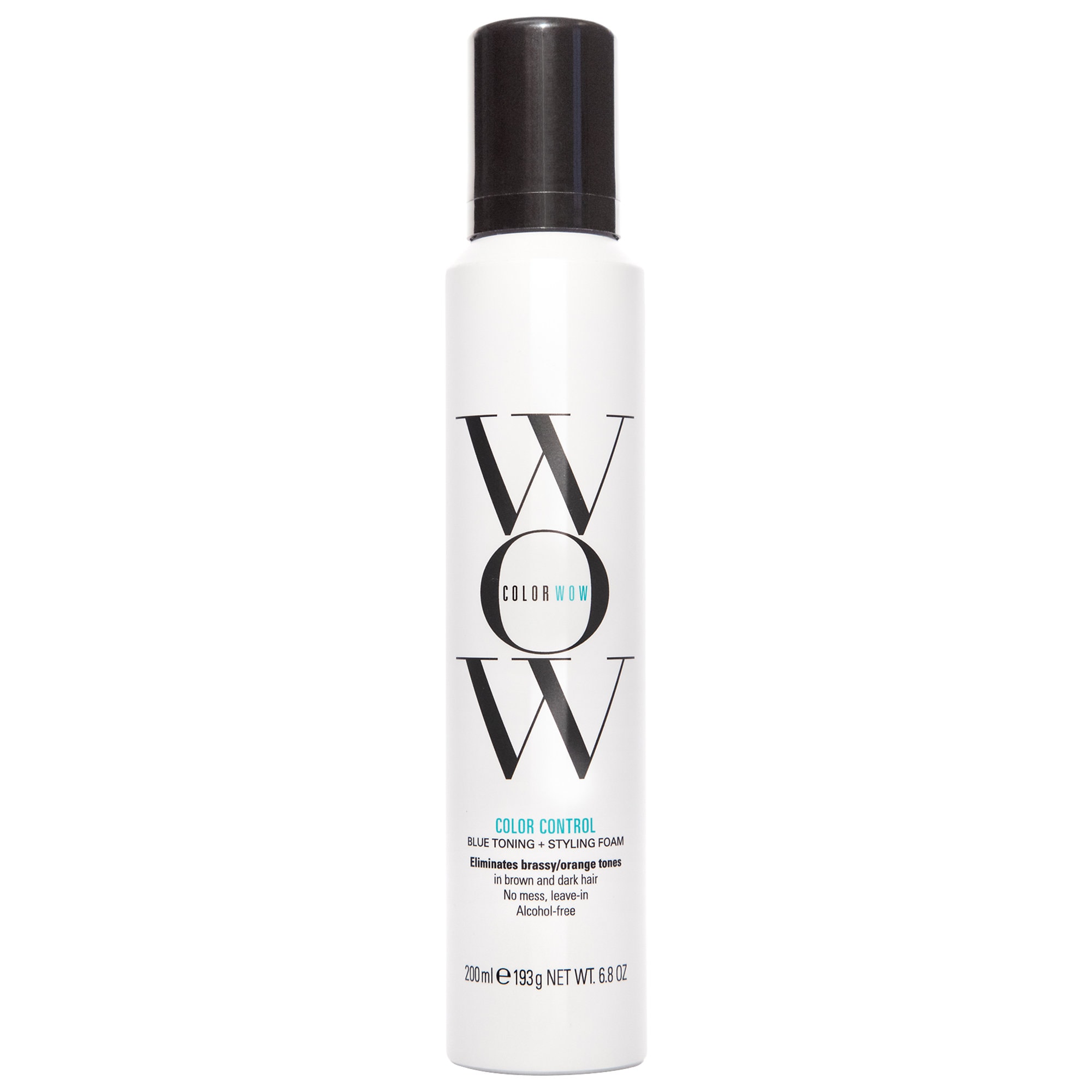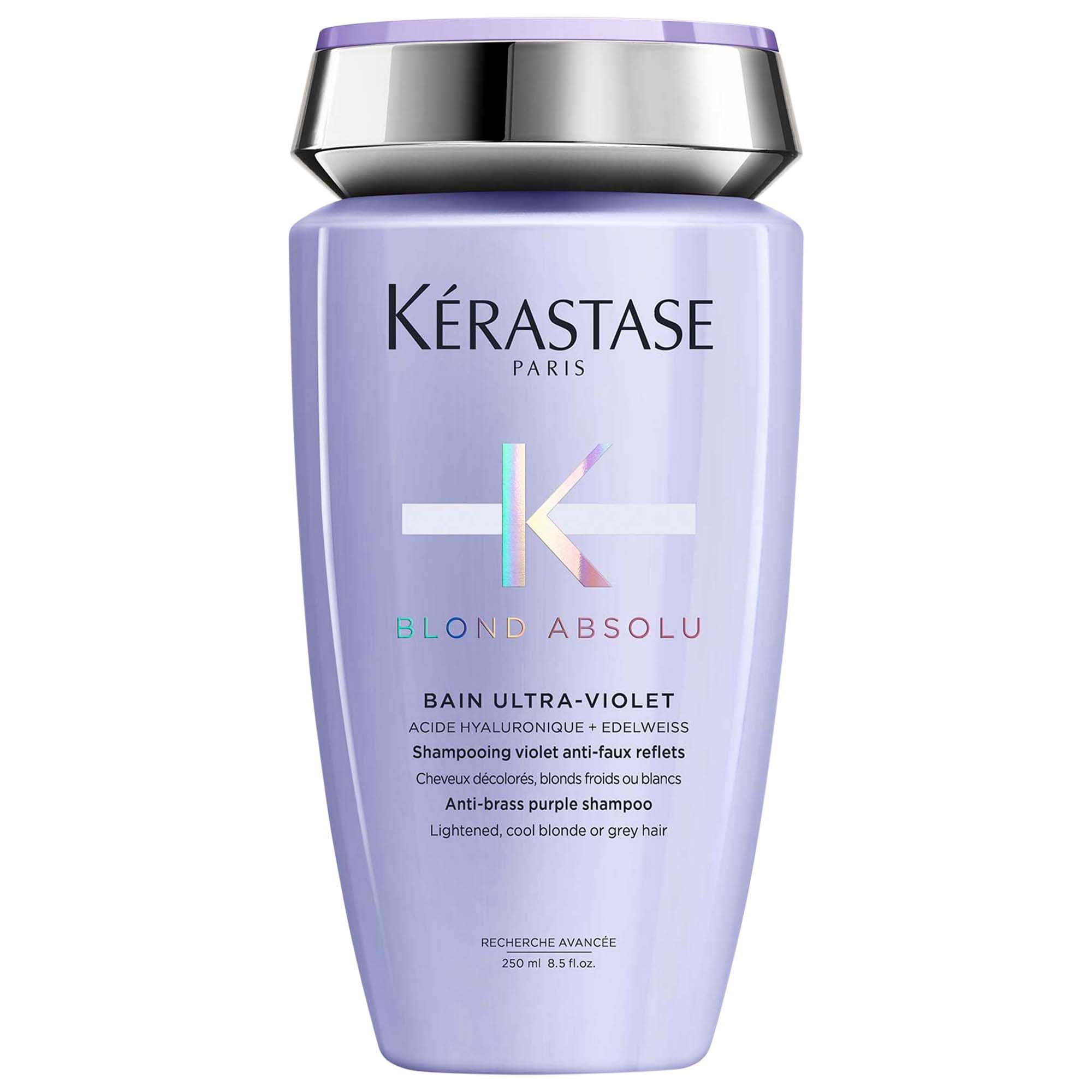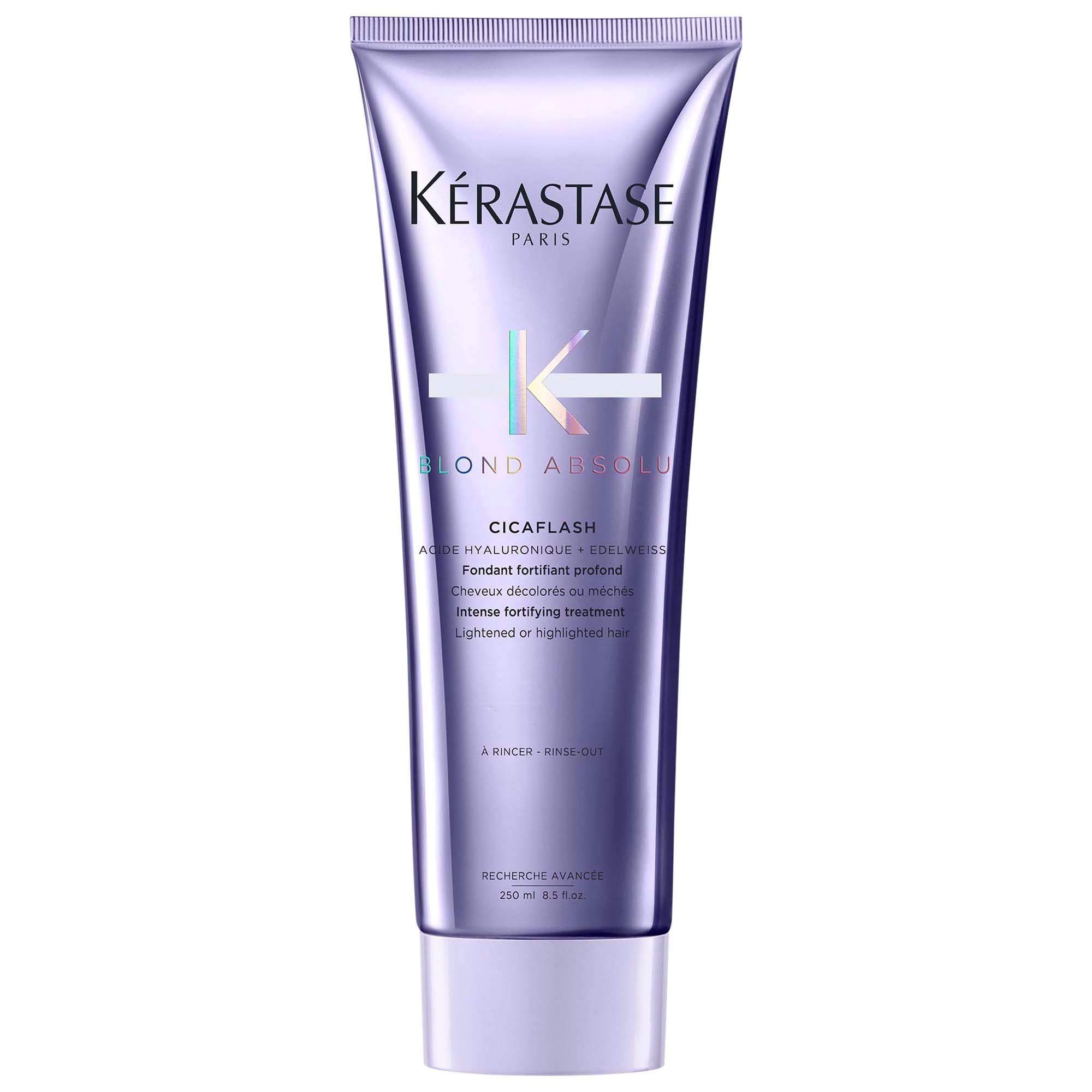Toning Hair Is the At-Home Solution for Brighter, Shinier Color
Brassiness be gone.


If you have color-treated hair (hi, yes, me), you know that you only have a handful of weeks before your color—blonde or brunette—starts to pick up some unwanted brassy or warm tones. It’s normal. Color oxidizes and changes over time. But that’s precisely why hair toning—at home or in the salon—is necessary for hair color maintenance. The best hair toners and the best hair glosses will help you prolong the time between appointments and effectively provide added shine, brightness, and richness in a pinch.
"Anyone with color-treated hair should be using toners. All hair color fades with time through washing and heat styling," explains Shvonne Perkins, master stylist at Madison Reed. "Hair color is like a bank account. As it gets withdrawn, you need to keep depositing."
For a crash course on what to know about in-salon and at-home hair toner options, keep reading. We’ve spoken to Perkins and celebrity hair colorists Olivia Casanova, Cassie Cohen, and George Papanikolis to get all the information on hair toner.
What Is Hair Toning?
Hair toner is a semi-permanent dye that returns your hair to your desired tone. “Toner either deposits certain pigments onto the hair that cancel out tones you don’t want to see (think of using purple-tinted shampoos to cancel out yellow tones) or to emphasize tones you do want to see (like adding golden champagne tones to blondes for complexity),” explains Perkins.
What Are the Benefits of Hair Toner?
Toners are often used alongside the best hair glosses and glazes, which do exactly as their name suggests: Grant your hair a healthy, straight-from-the-salon finish. “Gloss, glaze, and toner all essentially do the same thing,” Cohen, colorist at Sally Hershberger Salon in New York City, explains. "They can enhance and mute tones while adding shine.”
Some hair toners can also seal the cuticle and temporarily repair split ends, explains Papanikolis.
What Hair Types Can Use Hair Toner?
“Any hair color, any texture, virgin hair, chemically-treated hair, etc., can benefit from using hair toner,” explains Casanova. “If you currently color your hair, then you should especially be getting toned as it helps get rid of any oxidation, which is when color turns yellow or brassy.” But regardless, toning hair (even with a clear gloss) will leave hair shinier and smoother.
Get exclusive access to fashion and beauty trends, hot-off-the-press celebrity news, and more.

Toning hair is a treatment that works for both blondes and brunettes.
What’s the Difference Between Salon Hair Toning and At-Home Hair Toning?
As is true with most treatments, a salon version of an at-home treatment is going to be both more effective and stronger. “The toner you would get in a salon uses developer and has pigments that typically last about 20 shampoos,” explains Papanikolas, noting that salon treatments can help adjust the quality and color of your hair dye. “At-home toner typically comes as a pigmented shampoo or conditioner. These small molecules are usually violet- or blue-based and neutralize unwanted yellow or orange tones. These are more temporary and last about two shampoos.” While at-home versions are not as strong, they are able to extend the life of your hair color.
Will Toning Hair Lighten My Color?
Toners cannot, and should not, replace the lightening process that hair goes through when it's bleached. Glosses and toners won’t actually be able to lighten your hair. In fact, they can only keep hair at the same level or make it darker by depositing additional pigment, explains Papanikolis.
Properly toned colors may appear brighter because they are cooler-toned, not necessarily because they are lighter in shade.
How Often Should I Tone My Hair?
Since toners are semi-permanent, it’s best to get your hair toned in between dye jobs and during the dying process. “Most professional toners last about 20 shampoos so it’s best to go into the salon around every six weeks to get a refresh,” says Papanikolis. “The pigmented shampoos can be started around the two-week mark or when the hair starts changing tones.”
Are There Side Effects to Hair Toner?
Professional toners are pretty nourishing, so you won’t overdo it in terms of frequency. That said, your stylist will want to ensure they set a timer. “If you leave hair color on too long, sometimes it can grab too dark or grab too much of an undesired undertone,” says Casanova.
At-home toners, on the other hand, aren’t right for everyone—and it’s important to pick a solid formula. Cohen explains that many drugstore toning formulas can be overly drying when used incorrectly. If you happen to use too much of the wrong formula, your hair will feel more dry and flaky than shiny. If you leave an at-home hair toning shampoo in for too long, you risk depositing excess pigment (like a purple or blue tint) into your hair.
The Best At-Home Hair Toning Products
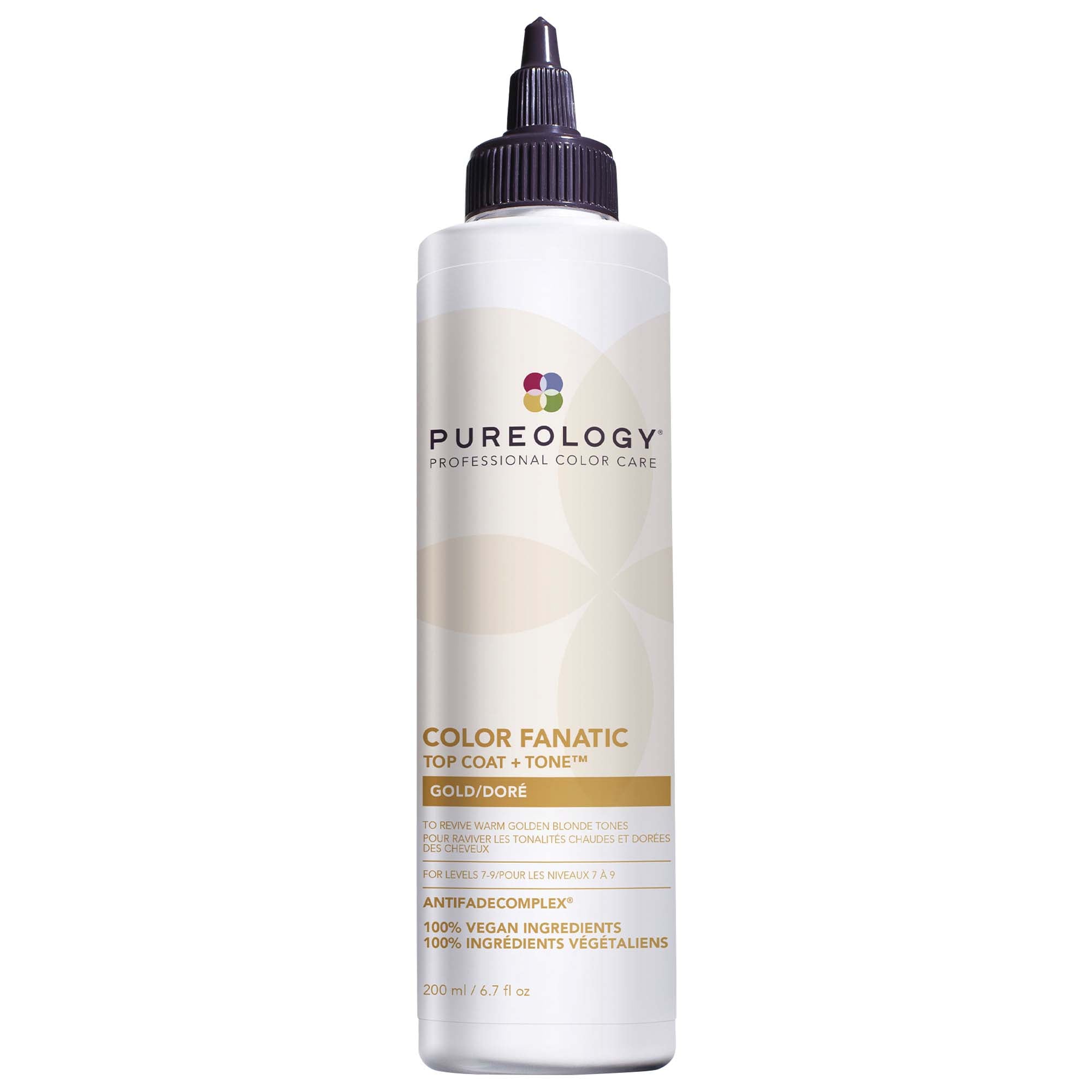
This Pureology hair gloss comes in six shades and is named Marie Claire's best hair toner overall. Whether you're trying to neutralize brassiness in blonde hair, bring back ashiness in brunette hair, or warm up red hair, this product has you covered.
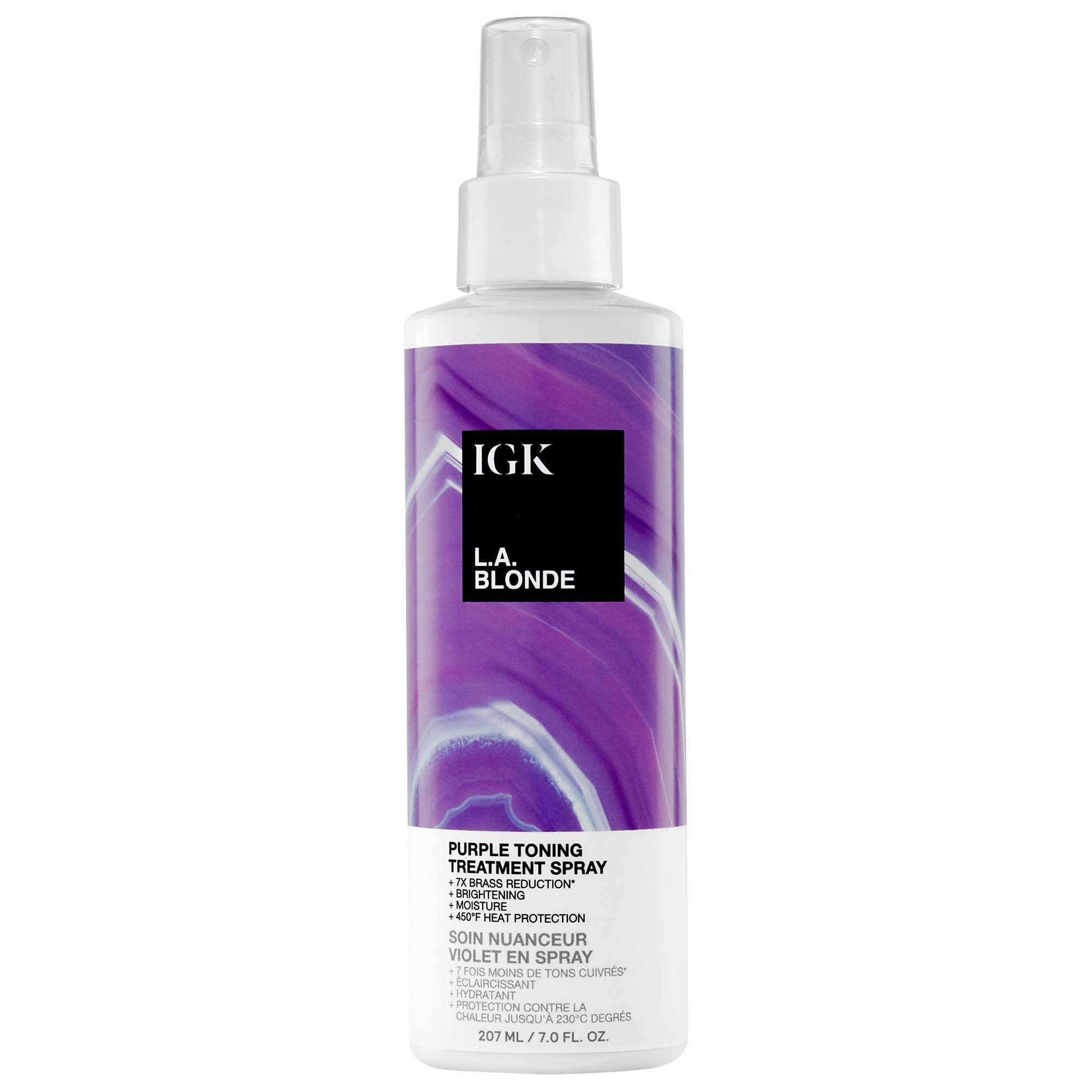
If purple shampoo isn't your thing, allow me to suggest this daily mist. It's best suited for blondes and will help remove unwanted brassiness and brighten the overall shade of your hair. It also doubles as a heat protectant (you'll be safe from 450 degrees).
My Hair Toning Review
I’m a fake blonde. There, I said it. I’ve been doing balayage to my naturally brown hair for the greater part of a decade. That said, I’m incredibly loyal to my hair colorist, who lives in my home state of Pennsylvania. Traveling for color appointments doesn’t happen as much as I’d like, so I do everything in my human power to prolong the quality and shine of a single dye job.
At-home hair toners are a regular part of my routine—especially in the summer when brassiness is at an all-time high. I typically start them a month after a color appointment and use them every third wash from there on out. I have a handful of favorites (Olaplex and Davines are strong contenders), but Kerastace’s Blonde Absolu line is my personal favorite.
I use a palm-sized amount the delicious-smelling shampoo and works into a nice lather. It’s incredibly foamy and suds coat every inch of my hair pretty instantly. Unlike some other purple shampoos I’ve tried, this one doesn’t sting my eyes or stain my nails. I let the brassy tone-canceling pigments get to work for roughly three minutes before rinsing.
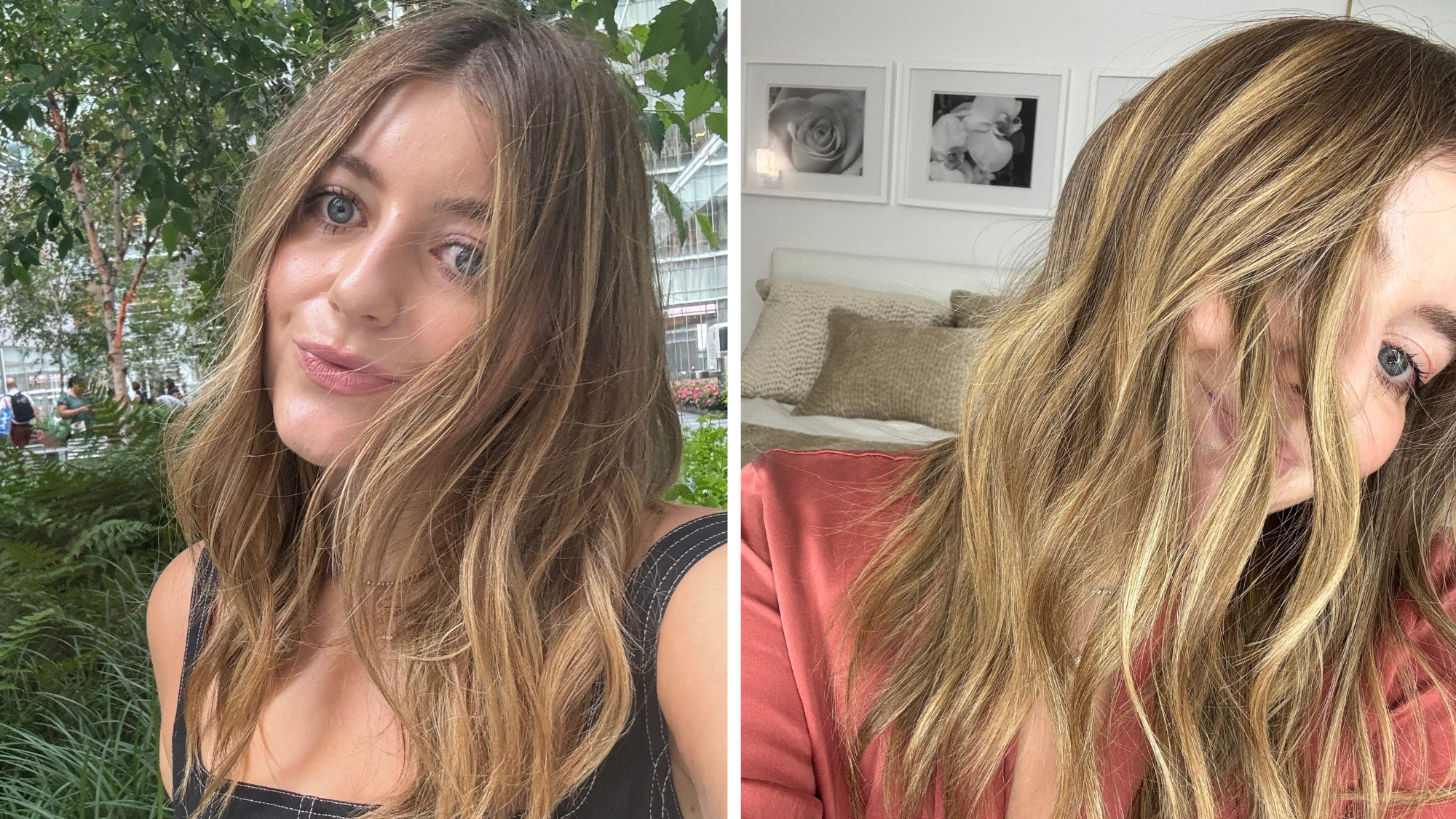
On the left, is Samantha before toning her hair at home. On the right, is her hair after using an at-home purple toning shampoo and conditioner.
The key (!!) is to follow up with the brand’s conditioner. It’s most likely my number-one favorite hair product of all time. It leaves my hair with an incredibly shine and lightweight feel, which is pretty impossible given my fine texture.
After styling, my blonde has no orange tones and looks balanced and bright with an added boost of shine. But don’t just take my word for it—I have the pictures to prove it.
Meet the Experts

Shvonne has been in the beauty industry for 14 years and loves getting her hands in hair color. But what she loves MOST is teaching other colorists about the chemistry and design of Madison Reed hair color products. When not teaching, she is thinking of new ways to make beauty education engaging by adapting elimination challenges from Top Chef and Project Runway and turning them into hair color activities. Her go-to har product is Color Reviving Gloss in Prosecco.

A born and raised New Yorker, Olivia Casanova, co-owner of IGK Salon New York and master colorist with over a decade of experience, has worked her entire career between New York City and LA, working alongside some of the top names in the industry.Known for her natural looks and detailed eye for seamless perfection, she has become one of the most sought after colorists in NYC.Olivia works with each client to tailor a look that fits their lifestyle, and one that effortlessly enhances their natural beauty. She’s worked with celebrities and royalty such as: Maluma, Johnathan Cheban, Karrueche, and princess of Monaco, Pauline Ducuret. Her color work has been featured in: Vogue Arabia, Vogue Beauty Korea, Instyle Spain, L’Officiel Italy, and KKW beauty.Having numerous inputs in articles with Vogue, Cosmopolitan, Refinery 29, Mane Addicts, the Zoe report, Byrdie, and more, Olivia continues to be a part of the new generation of trend setting colorists.
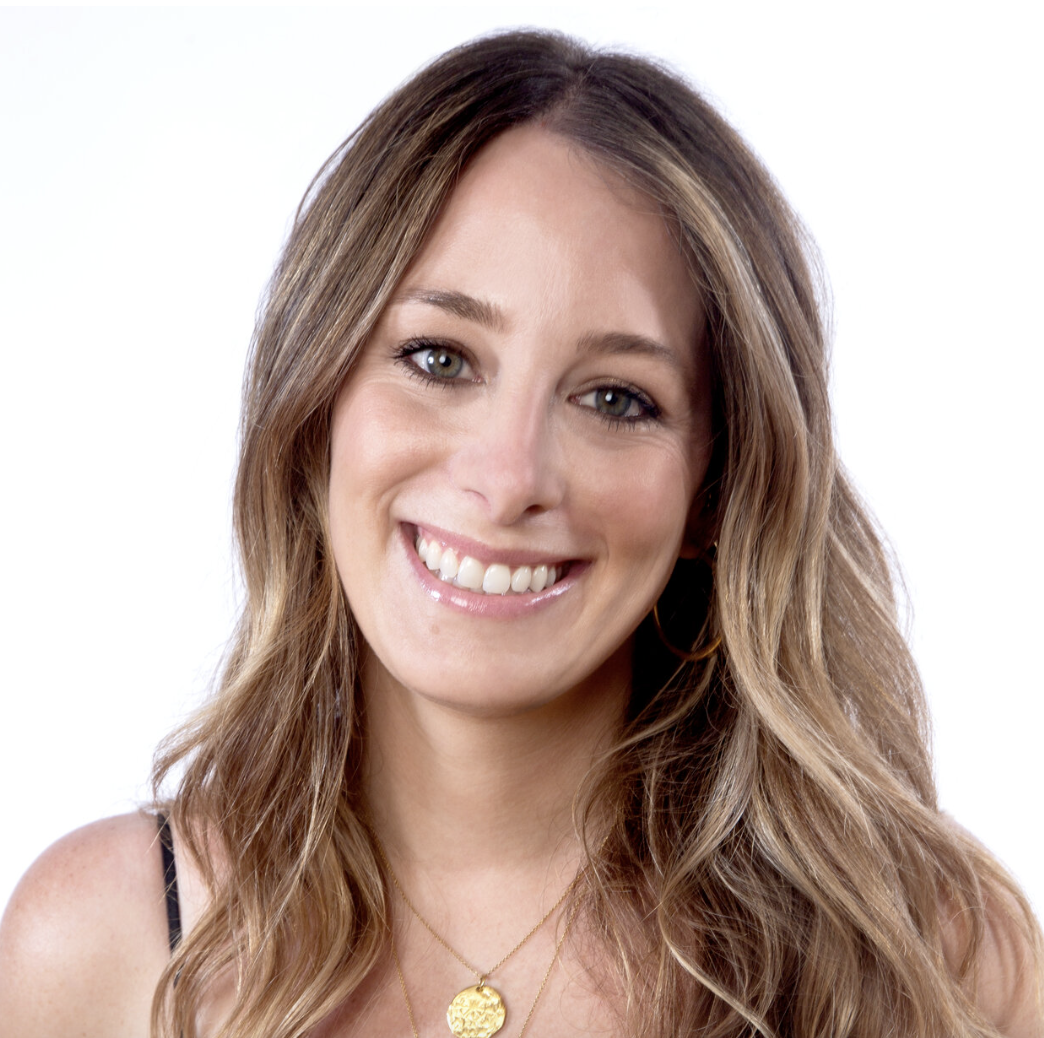
Cassie Cohen learned her early lessons on sun-kissed, beachy highlights from Mother Nature herself. Raised on Malibu’s beachfronts, Cassie witnessed the sun’s ability to enhance women’s hair color in a stunning, natural way.
She is known for formulating multi-dimensional shades through her signature brand of highlights, lowlights, balayage and subtle tweaks to the base. Her unique sensibility takes the client’s skin tone, eye color and lifestyle into account to create results that are nothing less than artful.
After graduating from the University of Arizona in 2009 and obtaining her cosmetology license in Santa Monica, Cassie made the bold decision to move to New York City where she shadowed the industry’s top colorists. She has worked with Christie Brinkley, Gigi and Bella Hadid, Courtney Love and Demi Lovato and has readied top models for the runway for Marc Jacobs at New York Fashion Week.
Cassie specializes in recreating a client’s natural color and amplifying it with depth and complexity. For her, seeing the thrill on a client’s face is equally as important as protecting the vitality of their hair in the process.

George Papanikolas is one of the hottest and most sought after Colorists in Hollywood. Instyle, Allure, The Hollywood Reporter and People Magazine have all recognized George as one of the country's top Colorists. His signature highlighting style has caught the attention of Southern California's, and New York City's most discerning clientele. Using the French, freehand technique called Balayage, he creates natural looking, sun-kissed color that looks, as George says "like you spent a summer at the beach, not 3 hours at the salon."
He is a favorite among young Hollywood Celebrities. His work has been featured in numerous national magazine photo assignments, film projects, music tours, music videos and fashion shows, resulting in a vast and sophisticated portfolio. The in-demand Colorist is available to an international clientele, and divides his time between Los Angeles, at the Andy Lecompte Salon; New York City, at the Rita Hazan Salon; and Dubai at the Belle Femme Salon. George is the Celebrity Stylist for Matrix, makers of the finest professional haircolor, hair care and styling products, and is represented for Editorial/Fashion and private direct bookings through The Wall Group.
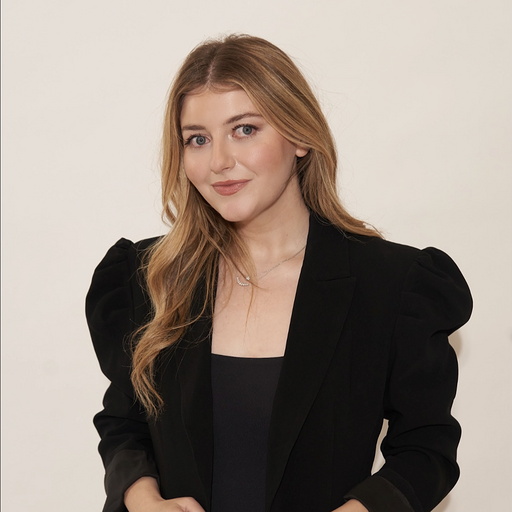
Samantha Holender is the Senior Beauty Editor at Marie Claire, where she reports on the best new launches, dives into the science behind skincare, and shares the breakdown on the latest and greatest trends in the beauty space. She's studied up on every ingredient you'll find on INCI list and is constantly in search of the world's glowiest makeup products. She's constantly tracking the biggest nail and hair trends to pop up in the beauty space, going backstage during fashion weeks, tracking celebrity looks, and constantly talking to celebrity hair stylists, nail artists, and makeup artists. Prior to joining the team, she worked as Us Weekly’s Beauty and Style Editor, where she stayed on the pulse of pop culture and broke down celebrity beauty routines, hair transformations, and red carpet looks. Her words have also appeared on Popsugar, Makeup.com, Skincare.com, Delish.com, and Philadelphia Wedding. Samantha also serves as a board member for the American Society of Magazine Editors (ASME). She first joined the organization in 2018, when she worked as an editorial intern at Food Network Magazine and Pioneer Woman Magazine. Samantha has a degree in Journalism and Mass Communications from The George Washington University’s School of Media and Public Affairs. While at GWU, she was a founding member of the school’s HerCampus chapter and served as its President for four years. When she’s not deep in the beauty closet or swatching eyeshadows, you can find her obsessing over Real Housewives and all things Bravo. Keep up with her on Instagram @samholender.
